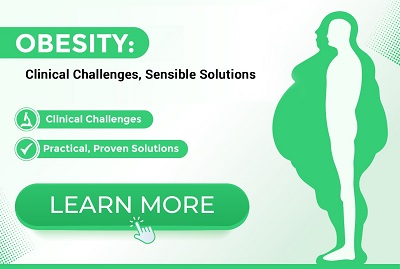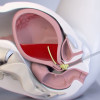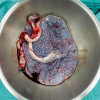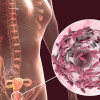
Towards Consensus: Guiding Acne Management in Pregnancy and Lactation
Acne vulgaris often presents a therapeutic dilemma during pregnancy and lactation, where hormonal shifts can trigger flares, yet treatment options are limited by safety concerns. Despite its clinical relevance, the absence of clear, evidence-backed guidelines has long challenged dermatologists and maternal care providers alike.
In an effort to bridge this gap, an international panel of experts including dermatologists, pediatricians, obstetricians, and pharmacologists, undertook a modified Delphi consensus process to evaluate the safety and appropriateness of 27 commonly used acne treatments across three reproductive phases: preconception/1st trimester, 2nd/3rd trimester, and lactation.
Key preliminary insights from the first round of voting showed that 59% of the therapies reached the 70% agreement threshold. Among topical agents, benzoyl peroxide, azelaic acid, and clindamycin emerged as safe options across most phases. Topical retinoids, however, were deemed acceptable only during lactation, reflecting persistent concerns about teratogenicity. Among systemic treatments, azithromycin garnered the highest consensus as a preferred oral antibiotic, followed by cephalexin and amoxicillin.
Ongoing rounds aim to refine a trimester-specific therapeutic algorithm, integrating acne severity and safety profiles. The ultimate goal is to create a globally endorsed treatment ladder that empowers clinicians and enables shared decision-making with patients navigating acne during these sensitive periods.This landmark initiative stands to become a pivotal reference for harmonizing dermatologic care in pregnancy and lactation.
Source: Ly, S., Gaurav, A., Yan,
A., Xia, E., Manjaly, P., Kamal, K., Shields, A., Barbieri, J.,
&Mostaghimi, A. (2024). 54092 The development of treatment guidelines for
acne vulgaris during pregnancy and lactation: a Delphi Consensus study. Journal
of the American Academy of Dermatology, 91(3), AB89. https://doi.org/10.1016/j.jaad.2024.07.362














Please login to comment on this article